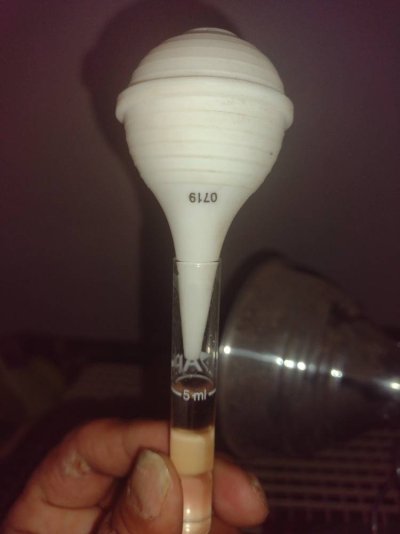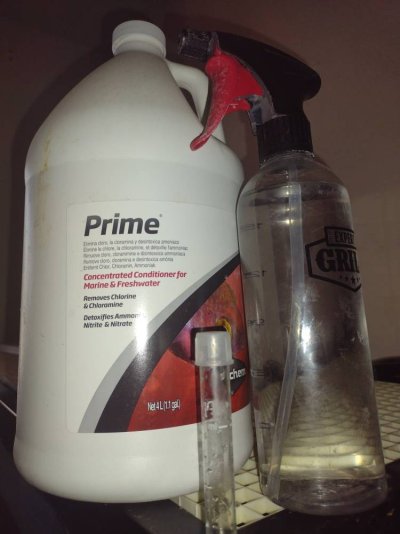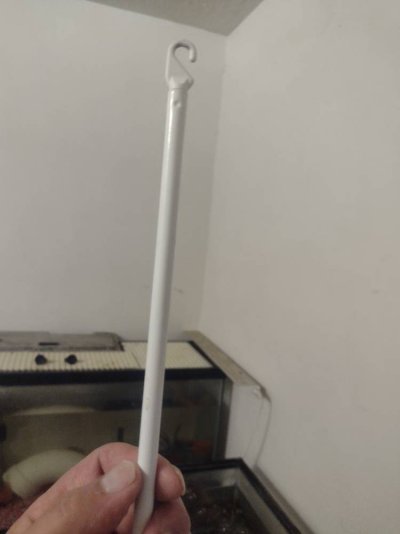I use a gravel cleaner with a hose that is long enough to go out the door and onto the lawn.
I bought 20 meters of clear plastic hose that was big enough to fit nicely on the top of a 1, 1.5 or 2 litre plastic drink bottle. I cut the bottom off the bottle and throw the bottom bit away. The remaining bottle and hose is my gravel cleaner. It worked great for any tank that is 3 foot or bigger. In smaller tanks I use a normal gravel cleaner and smaller diameter hose.
My fish room had 3 tier stands along the walls. The bottom and middle row of tanks had fish in, the top row of tanks was used for water holding. I used a hose made from black poly pipe (irrigation tubing) to fill the top tanks with tap water. They were dechlorinated and aerated until needed (usually the following week).
I used black poly pipe because normal garden hoses have a softening agent in them that is toxic to all life forms, and especially poisonous to aquatic life. The more expensive hoses that are guaranteed not to kink, usually have more of this softening agent in compared to cheaper hoses that kink all the time. The softening agent leaches into the water in the hose and if you use this water for fish or animals, you can poison them. In hot weather, more softening agent is released compared to cold weather. If you turn the tap on and let water run through the hose for 5 minutes before using it, then you should remove most, if not all of the softening agent present at that time, and reduce the risk of poisoning your fish.
When I did water changes, I simply drained water from the top tanks into the lower tanks to fill them up. Then I filled the top tanks up again with tap water. Gravity did all the work for me.

In a home with one or two aquariums, you can use a wheelie bin or a couple of plastic rubbish bins or buckets and bring it inside and put it near the aquarium. Fill these with tap water, add dechlorinator and aerate the solution while you gravel clean and drain the tank/s. Then use a small water pump and hose to pump the water from the buckets into the aquariums.
I made a U shape from pvc pipe and fitted that to the outlet of the hose I used to fill the tanks with. The hose goes on one side of the U and the other side of the U goes in the tank. The U hangs over the edge of the glass. I also had a tap in the end of the hose so I could slow or stop water flowing. This meant I could hang the hose on a tank and let it fill up fast or slow and do other things besides holding the hose on the tank.






